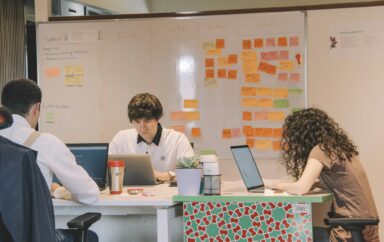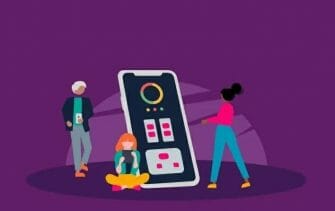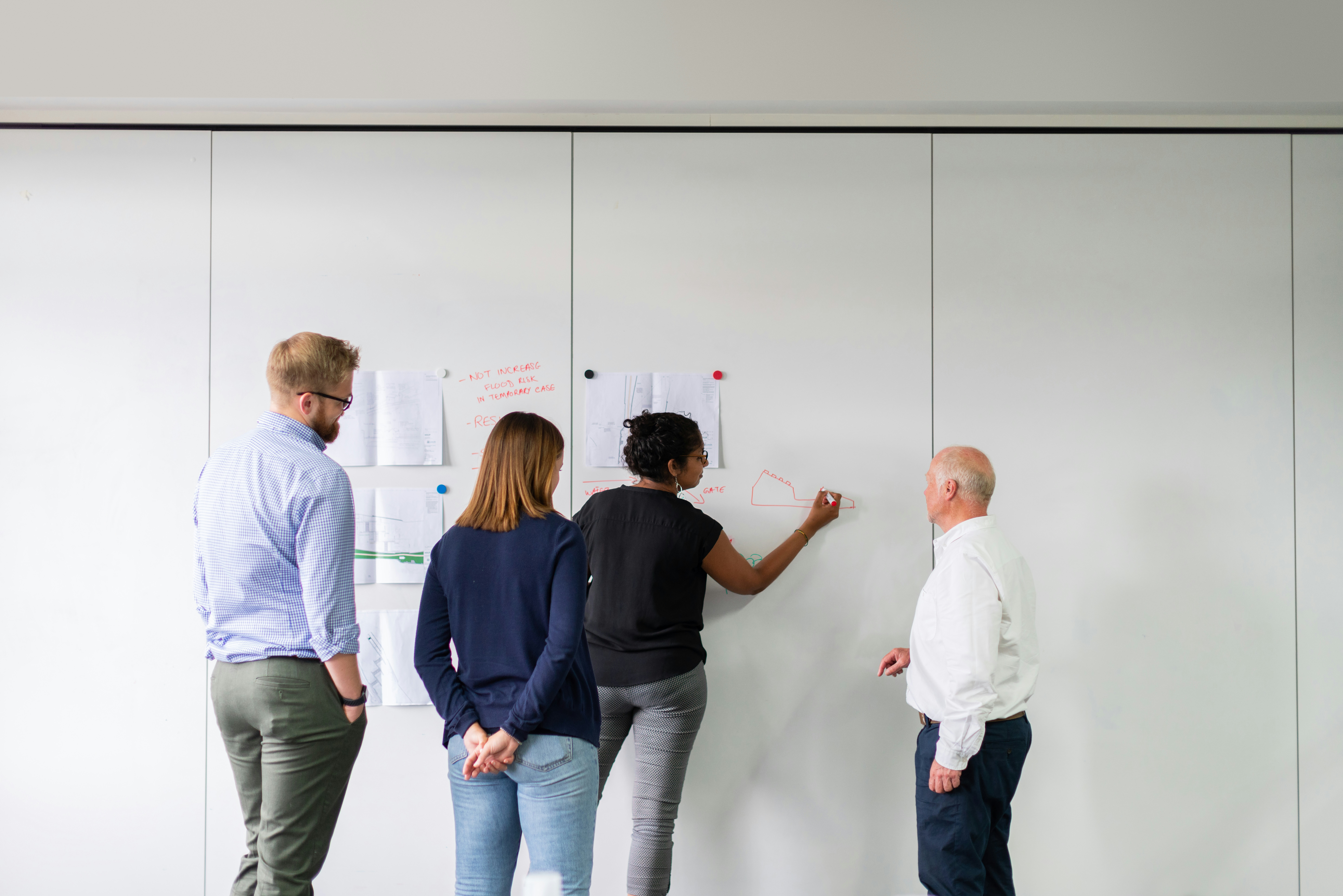Did you attend the Applitools workshop last week for You, Me, and Accessibility: Empathy and Human-Centered Design Thinking? If you missed it, don’t fret; the recording can be found on-demand and my recap of key learnings, Q&A, and poll results are right here!
Applitools workshops are designed to bring together talented people within software development teams to provide hands-on learning experiences. Folks shared with me after the workshop just how enjoyable learning about accessibility, empathy and human-centered design thinking is and discovered ways to share with their peers and product teams.
What we covered in this workshop
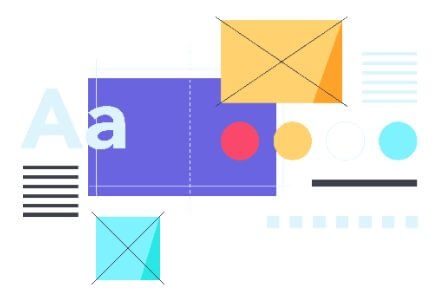
Human-centered design thinking
What it is and how we can use it!

Empathy sessions
What are they? Who are they for? The benefits they provide.

#A11y tools and resources
Manual and automated testing resources and much more!
Great products come from conversations, experiments, and learning. Human-centered design thinking is a wonderful process for problem solving. Here you can empathize, define, ideate, prototype, and test your solutions early and often! Empathy sessions fall right in line with the concepts of human-centered design thinking as an opportunity for exploratory testing of our users.
We kicked things off with a base question of Web Content Accessibility Guidelines (WCAG) awareness. I am thrilled when I see a majority has knowledge of accessibility when it comes to digital content, and truly appreciate an opportunity to share with folks newer to the topic.

Are you familiar with web content accessibility guidelines? 92 total votes
Yes: 71.7%
No: 28.3%
I spoke at length about common accessibility (often shortened to a11y) categories, where to consider them in the software development lifecycle (SDLC), and what the intersection of software and empathy looks like. We explored human-centered design thinking as a tool and demonstrated ways empathy drives innovation. Humans are emotional beings! There is value in proficiency in the technical side of software development as well as the human-centered side.
How does empathy drive innovation?
Empathy supercharges creativity and innovation by giving us insight into experiencing what someone else is thinking and feeling and allows us to more fully understand their motivations and anticipate their needs in ways the user may not be able to express themselves.
For the purpose of our workshop, we wanted to dig into what role folks play on their current product teams. To do this, we asked them! We went over what happens in the software development lifecycle and why it’s important to talk about how users are using technology. There we had opportunities to explore the different types of users who could potentially use our products or services. Then we discussed how those opportunities can be expanded upon by utilizing design thinking and in empathy sessions.
What is human-centered design thinking?
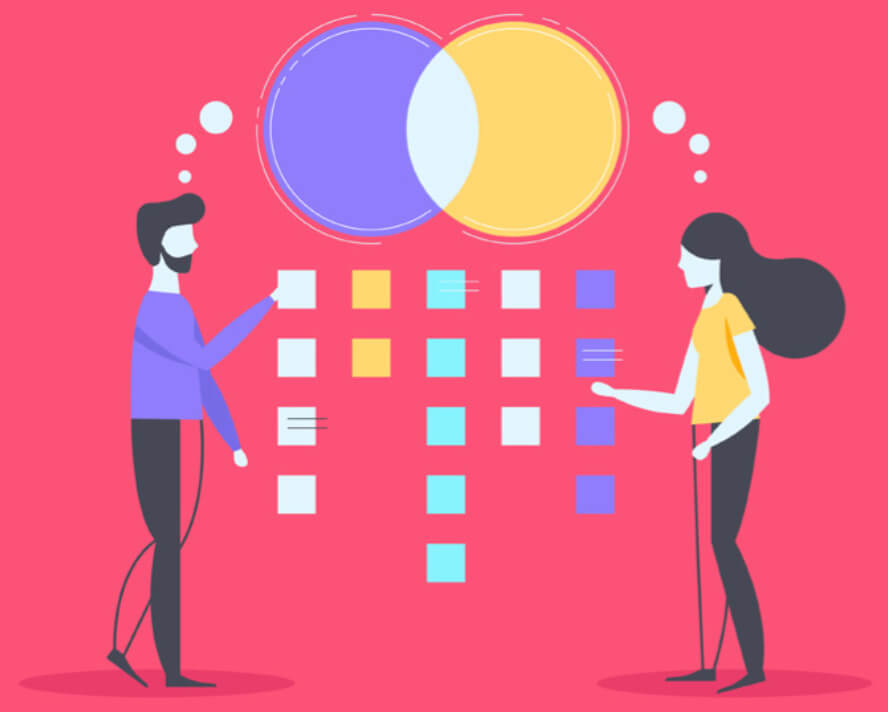
Based on three principles:
- Collaboration
- Empathy
- Experimentation
What is your role on your team? 108 total votes
Designer: 8.3%
Developer: 13.9%
Product Owner: 2.8%
Tester: 65.7%
Other: 9.3%
What happens in the software development lifecycle? We talk about the products and services that we want to make for our users. We make the products and services to the best of our ability. We test and ship those products and services to our users.
We wrapped up the workshop with some wonderful questions and answers that I wanted to also provide additional feedback and resources for.
Follow-up Q&A
Is there a mobile equivalent for WCAG?
There are several resources available online to learn more about mobile accessibility. One of the best sources of truth lives on w3.org. Check out their article on Mobile Accessibility: How WCAG 2.0 and Other WCAG/WAI Guidelines Apply to Mobile. That document describes how WCAG and its principles, guidelines, and success criteria can be applied to mobile web content, mobile web apps, and native apps.
Are there WCAG certifications individuals or companies can obtain?
An individual or business could potentially obtain a Section 508 and/or Web Accessibility Certification; however, I would warn you that a certification would not entirely eliminate risk of a lawsuit. Certifications are more a “nice to have” than a requirement when it comes to testing for accessibility/compliance. Again, w3.org has a free Digital Accessibility Foundations course you can take online.
What’s the best way to arrange for individuals with accessibility needs to test your products?
I have found the best way to arrange for individuals with disabilities to test products is by reaching out and asking them directly. Start your search by joining #a11y slack communities and get to know the folks in those communities. You will be surprised. A list of some of the #a11y communities that I recommend are: Ministry of Testing, a11y Slack, and Axe Slack.
Where can you learn more about accessibility?
- A Primer to Web Accessibility for Designers: Some revealing insights on accessibility, including examples
- Designing for Accessibility: The Ultimate in UX: A helpful resource featuring examples of accessible design
- Reach out to some of my favorite Accessibility Advocates like Jenna Charlton, Crystal Preston-Watson, and Tolu Adegbite
How can you encourage more empathy on your teams?
If you enjoyed this recap, be sure to follow me on social media for more content like it on LinkedIn and Twitter. You can also read more of my insight into empathy, software testing, and hot accessibility testing tools on medium!

